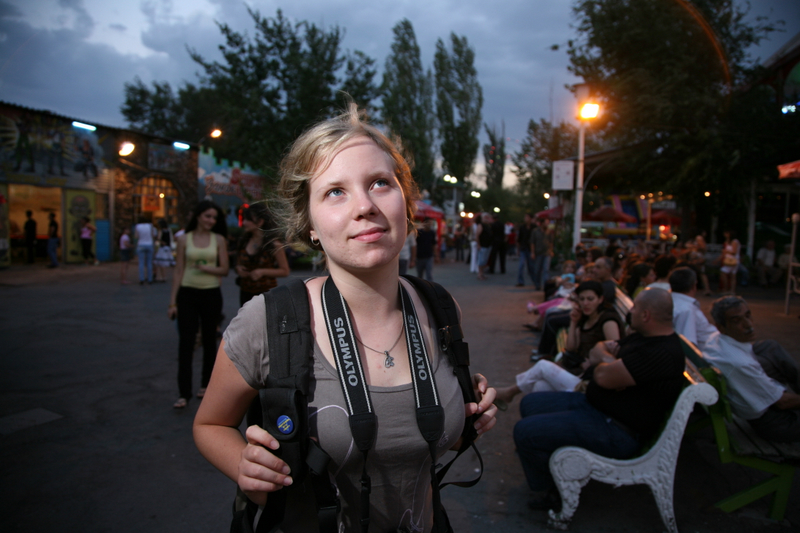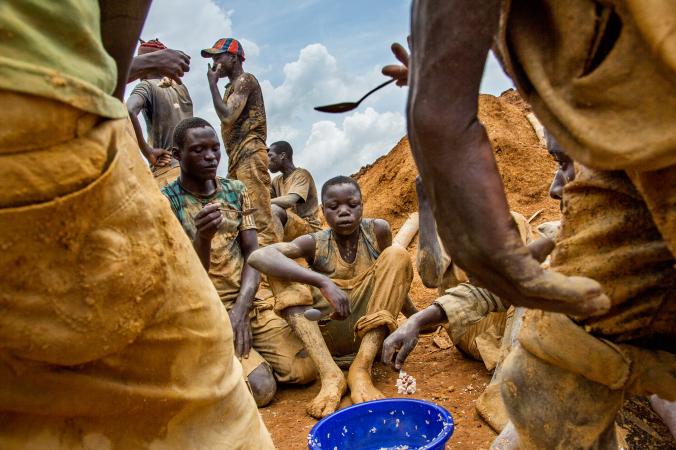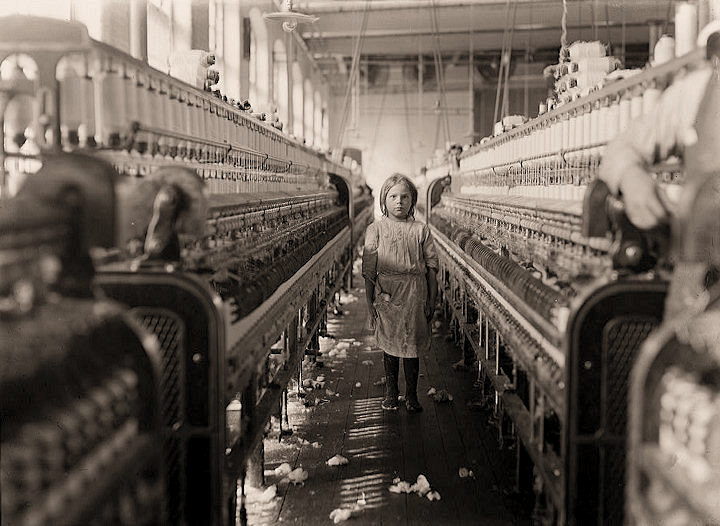Artist Blog
Every week an artist whose single image was published by Der Greif is given a platform in which to blog about contemporary photography.
Photography that Makes a Difference: Introduction
Apr 23, 2015 - Tina Remiz
I never describe myself as a photographer. Sure, I often take pictures – sometimes for work, other times to satisfy personal curiosity – but the camera is merely a tool for exploring and expressing what I believe in, stand for or feel pensioned about. In my opinion, labelling the person based on the tools they use in their practice reduces their work to a manual labour, so the following series of blog posts may or may not be about photography, but will focus on the thinking process behind it.
For as long as I remember myself (or as far as the family archive permits me to think I remember), I have always been creative: I enjoyed drawing and painting, played in school theatre, wrote love poems… but had no interest in photography until university. By that time, I became quite socially and politically aware and was no longer satisfied with drawing children’s books and wedding cards. I wanted to talk about real life events, and, of course, I wanted my work to make the world a better place, so camera proved to be an ideal tool for the purpose.
Five years on, despite what many people told me, I still haven’t given up on changing the world, however, I do question if photography (or art in general) is fit for this purpose and what are the most effective ways to use it?
While researching for this series of articles, I put up a post on Facebook, asking people to name photographic projects, which, in their view, have had real impact of the issues they addressed (you can still see and contribute to the discussion). The response was great, people listing Robert Capa’s and Gerda Taro’s coverage of Spanish Civil War and Philip Jones Griffiths’ work from Vietnam, the Family of Men exhibition and Lewis W. Hine’s photographs of child labour, as these important historical documents brought to light stories of horrific human right abuses that were often unknown to the wider population. Contemporary examples were a lot harder to name, which raised an inevitable question of the role of photojournalism nowadays?
This is not to say there was no recent photographic work that had a social impact, Intel’s response to Marcus Bleasdale’s work on Conflict Minerals being the first example that springs to mind. Nor is it to suggest that photojournalists are not aware of the limitations of the medium. Tim Matsui recently published an article titled I just won a World Press Photo Award and POYi, but I'm not Celebration, writing about the importance of using images to create changes, which raised many discussions in the photographic community and beyond. Glenna Gordon, who photographed possessions of 276 Nigerian schoolgirls kidnapped by Boko Haram in 2014, echoes Matsui's argument, writing in a recent interview for TIME: "If a photographer’s only job is to take the photos, then I succeeded. If my job is to create change, I have failed".
Since this is an issue that I think about a lot and that often times forces me to look outside photography for the most effective ways of addressing each given problems, I will dedicate the following series of posts to contemporary creative projects that, in my opinion, did have a strong social impact. The lists will by no means be exhaustive, and I very much welcome your contribution!
We will begin tomorrow, by looking at examples of collaborative projects that had a strong impact of the community they engaged, can you think of any?




